Tochigi: An Off-Beat Art Adventure
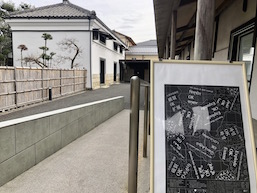
Kurumaya Museum of Art and Ogawa House
Kurumaya Museum of Art in Oyama is a small gem of a destination. Located inside a Meiji-era warehouse, this museum often focuses on local cultural events, but also demonstrates an impressive commitment to contemporary art with exhibitions of cutting-edge artists. The current show spotlights sound artist Shun Owada, whose installations study normally inaudible aspects of the natural world, sometimes using Tochigi limestone. In one work, Owada honed in on the sounds of chemical reactions when acid is dripped on limestone fossils. His exhibition “Explode Ok Extent” with work from throughout his career, including one installation in a nearby field, runs through February 7.
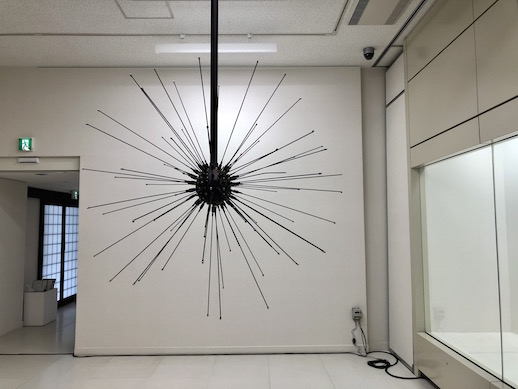
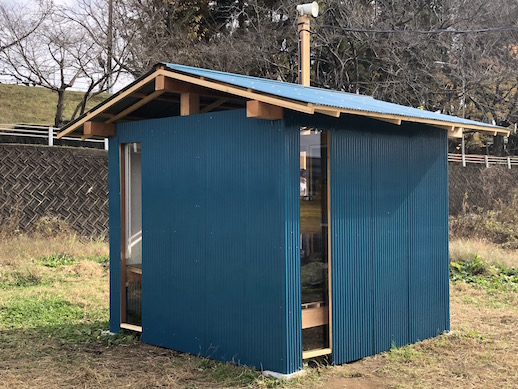
Next to Kurumaya Museum of Art is the Ogawa House, the Meiji-style home of a fertilizer tycoon. Be sure to check out this Registered Tangible Cultural Property for its well-preserved architecture and sublime blend of Japanese and Western 19th-century decor.
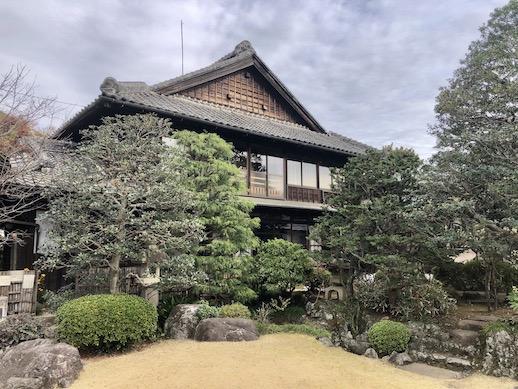
N’s Yard and Miruru
Yoshitomo Nara afficionados should make the pilgrimage to N’s Yard, the artist’s private museum in bucolic Nasushiobara. Opened in 2017, the site features five sprawling rooms of Nara’s paintings, photography, and personal items, plus a cafe and a shop. Works by other contemporary artists are also displayed throughout the gallery, which is curated by Nara with periodically changing exhibit content. N’s Yard is closed for winter holidays from December 15 through March 24.
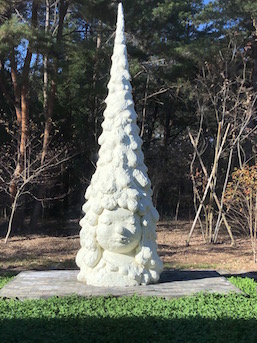
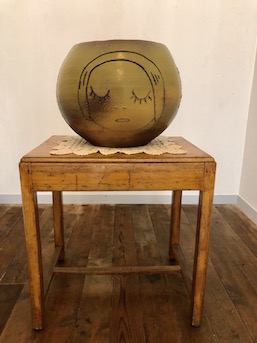
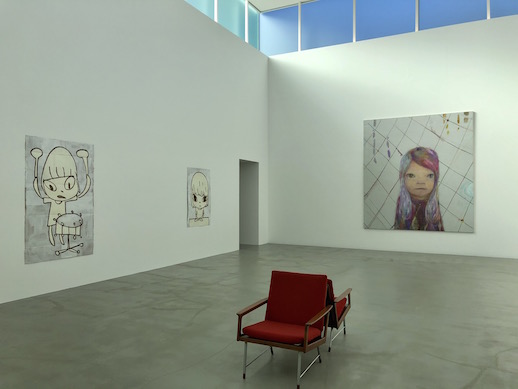
N’s Yard is accessible by bus or taxi from Kuroiso Station, where a stunning new library called Miruru opened this year. Designed by the architecture firm UAo, the light-filled wood and glass space holds a collection of some 200,000 titles and offers both study and interactive spaces.
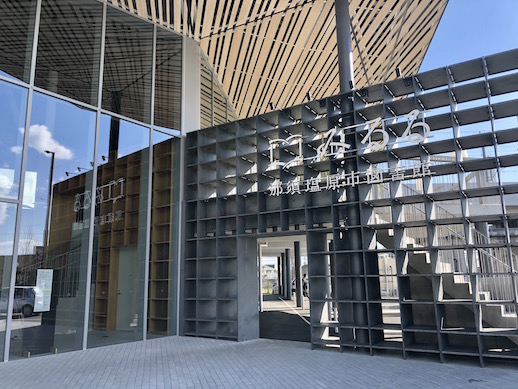
Itamuro Onsen Daikokuya
Itamuro Onsen Daikokuya, also in Nasushiobara, is a must-visit for lovers of contemporary Japanese art. This hotspring resort founded in 1551 is an oasis of culture hosting regular exhibitions by living artists. It is also home to five gardens designed by the Mono-ha master Kishio Suga, as well as a gallery of his works – the Kishio Suga Souko Museum. A small library is stocked with an excellent selection of exhibition catalogues and books about art. Regular events include concerts, artist talks, and mochi rice-cake making.
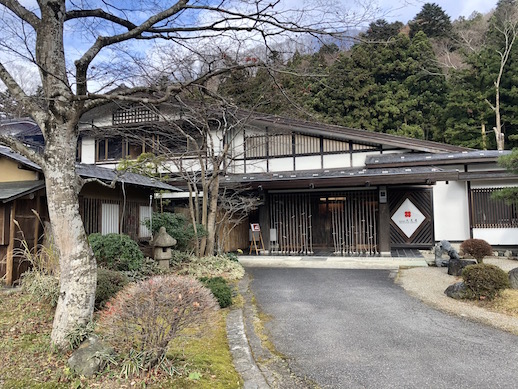
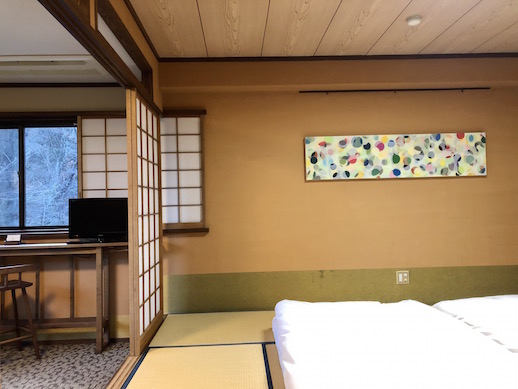
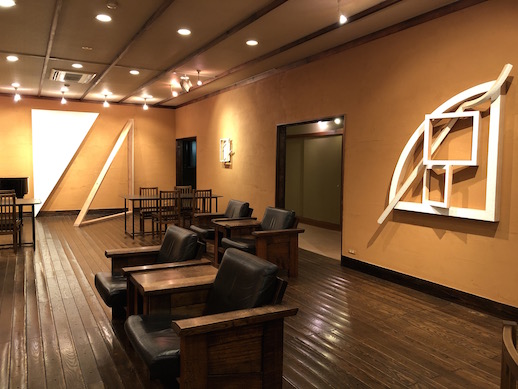
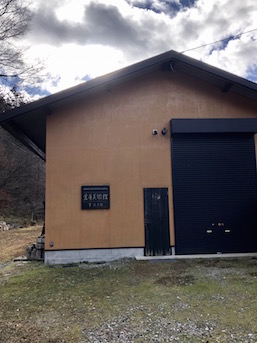
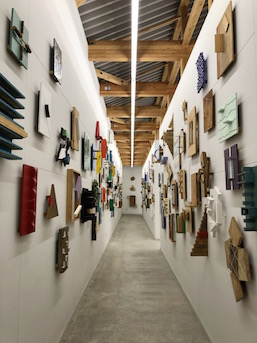
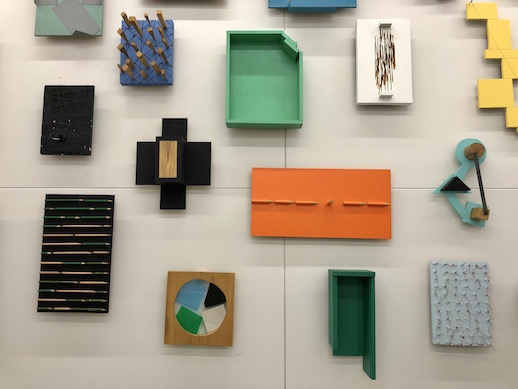
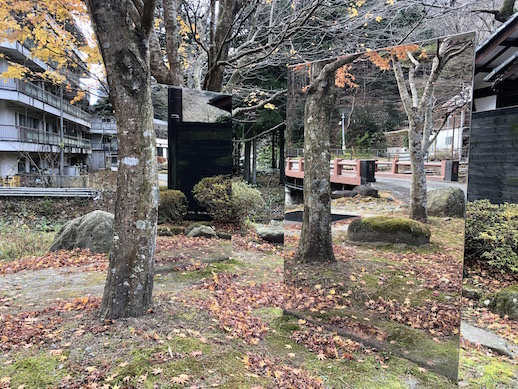
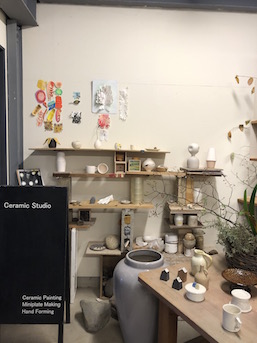
Art Biotop in Nasu-machi is another scenic getaway combining the attractions of art and nature. Set deep in the mountains, this estate includes an artist residency, a restaurant, a hotel, and ceramics, glass, and indigo studios.
The real highlight, however, is the Mizuniwa Water Garden. This wooded area dotted with small, shallow, irregularly shaped ponds and stone paths that weave around them creates a beautifully surreal environment. Designed by architect Junya Ishigama, the Water Garden is larger than the Tokyo Dome. It is made up of 160 “biotope” ponds of varying sizes and more than 300 deciduous trees transported to the garden at full maturity. The ponds gradually become larger as you proceed through the garden, and the larger the pond, the wider the space between the branches of the trees. Seasonal flowers and turning leaves, which are reflected in the biotopes, make the Water Garden worth returning to repeatedly.
Reservations are required to visit the Mizuniwa Water Garden.
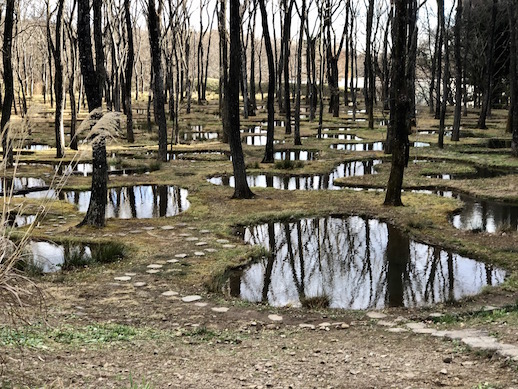
Tochigi Prefectural Museum of Fine Arts
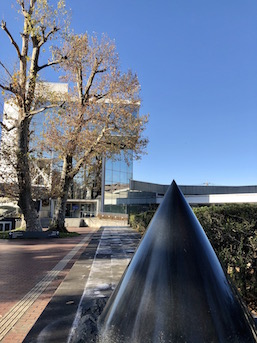

Tochigi Prefectural Museum of Fine Arts in Utsunomiya houses a collection of Japanese modern and contemporary artworks, primarily those with connection to Tochigi Prefecture. It is also notable for its works by European artists and its collection of Meissen porcelain. Through December 20, it presents the superb exhibition “Masterpieces of Bamboo Art—Katsushiro Soho and Fujinuma Noboru.” Spotlighting two Living National Treasures of bamboo art residing in Tochigi, this show of dozens of masters and emerging artists from across Japan surveys some of the country’s highest achievements in bamboo art. Hundreds of pieces ranging from baskets to abstract sculptures are on display. Examples of intricate bamboo patterns and videos with English showing the masters at work are not to be missed.
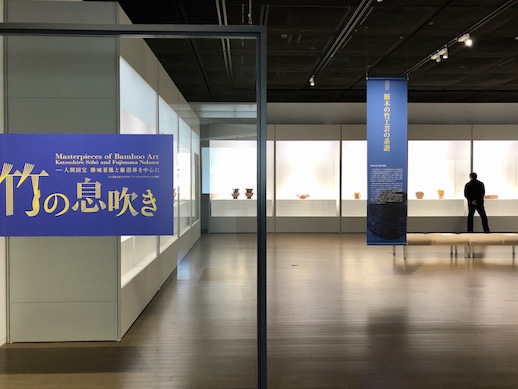
As you can see, Tochigi Prefecture has plenty of creativity and beauty to enjoy. Whether just for a day or for a longer stay, get off the beaten path and pay a visit when you can.


